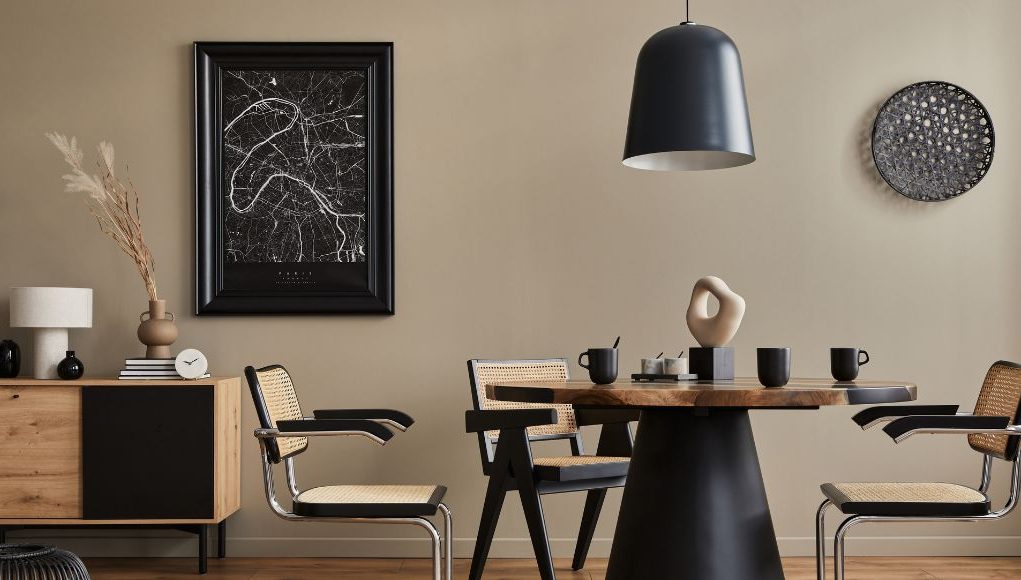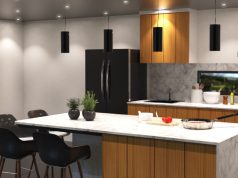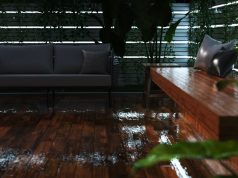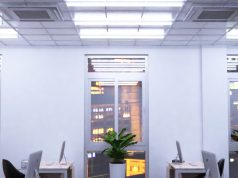Lighting and interior design are partners in crime. If you don’t do well in both, your desired result may not be as apparent as you expected. A well-designed lighting plan can create the atmosphere you want and ensure that practicality is not entirely lost. It should match the theme of the interior design, and, most importantly, it’s a powerful means to express your personal style!
The Components of a Well-Designed Lighting Plan
To arrive at your anticipated destination, you must set up four lighting layers: ambient, task, accent, and decorative lighting. Let’s explore each layer further!
Ambient Lighting
Also known as general lighting, ambient lighting sets the overall illumination of the room. It’s the base or the foundation of your lighting design, setting the tone and mood of the space, whether it will be a work or leisure place.
Task Lighting
Offering direct luminance to a specific spot, task lighting makes working more comfortable, easier, and safer. Typically, it comes in cool white or natural white colour temperature and is focused on a specific area where you do various tasks.
Accent Lighting
With the goal of creating distinction and highlighting focal points, accent lighting is included to diversify the room and make it more your own. It’s there to emphasise unique architectural features, wall art, and decorative pieces.
Decorative Lighting
While accent lighting gives a glimpse of your taste, decorative lighting ensures it’s properly relayed. It’s the layer purely for beautification, catering more to your wants than needs!
Benefits of a Well-Designed Lighting Plan
Creating a lighting plan is no joke. It takes hours, days, or even months to complete. Is the toil worth it? Do you really have to exert that much effort to perfect your lighting plan?
Here are some of the benefits you can enjoy if you do!
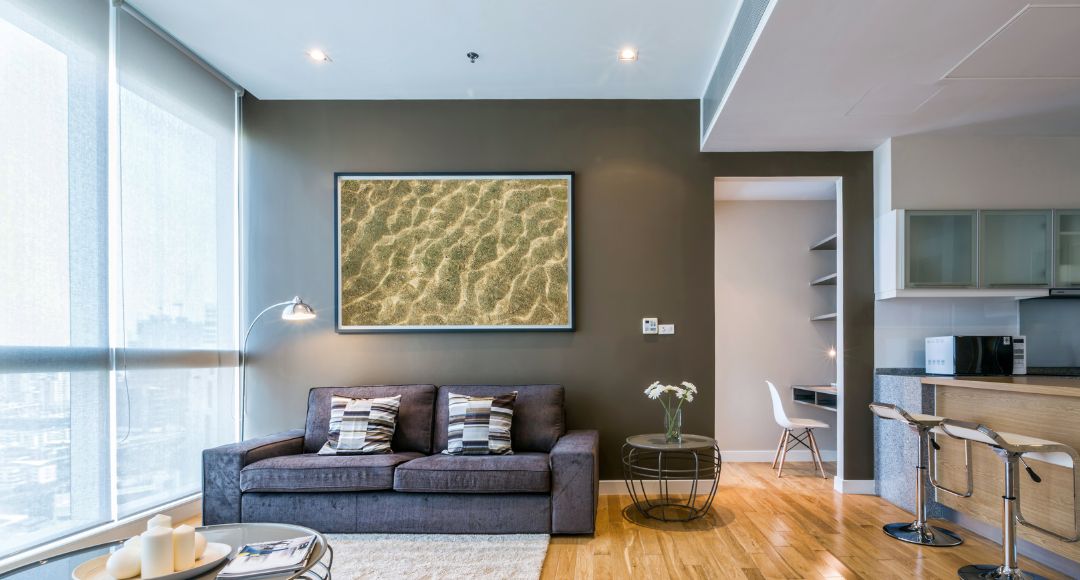
Enhance Ambience
Lighting is a massive contributor to the atmosphere of the space. If you’re particular about your environment, a well-designed lighting plan guarantees you can experience the best setting possible!
The kitchen is a highly diverse space. It functions as a hosting zone and a cooking area. With an excellently executed lighting design, you can ensure that you have the appropriate ambience for each of the different purposes.
Improve Functionality
An exceptional lighting design is not only concerned with aesthetics. It also ensures that the space is highly functional. You’ll be able to speed through one activity after the other without straining your eyes too much. The improvement in functionality also includes facilitating focus, ensuring you’ll indeed get the job done!
Highlight Design Elements
When you’ve spent time perfecting architectural details and shopping for special decorative pieces, you want them to shine. You want people to notice the craftsmanship and talent that went into the artwork.
A well-designed lighting system will guarantee that those elements are not forgotten in the background. It’ll set them apart from the rest of the room and give them the attention they deserve!
Boost Energy Efficient
Aesthetics, check. Personality, check. Functionality, check. Is it a well-designed lighting plan when these three are ticked off? Not yet! There’s one more thing – energy efficiency! A superior lighting system will not leave you with an overly high electricity bill. It’s energy-efficient, ensuring that you don’t end up not using your lights to avoid high power charges.
Steps to Create a Well-Designed Lighting Plan
What do you do to ensure that your lighting system has the correct set up? Here are the steps!
- Assess the space. Look around and analyse the layout. What’s the size of the room? Where are the entryways of natural light? Are there particular concerns that you have to address? Also, determine the purpose of the room. Will you sleep there, or are you cooking?
- Layer the lights. Remember the four layers of lighting earlier? Make sure that you combine them in your space to create a balanced effect. Even the bedroom needs a bit of task lighting, so have a wall lamp or night lamp near or on your bedside table.
- Select the appropriate fixtures. Now that you know your requirements, it’s time to choose the fixtures that will address them. Don’t put this before the first two steps because you’ll end up buying more than you need. Also, ensure you stick with LED lighting solutions because they are more energy-efficient than conventional fittings.
- Plan your light controls. Another aspect to consider is light management. How do you want to operate your lights? If you want more control over the intensity, use dimmers. For something more innovative and advanced, check out smart controls!
Conclusion
A well-designed lighting plan will make certain you can enjoy an exceptional atmosphere, guarantee productivity and functionality, showcase personal style, and ensure efficiency. If you’re thinking, is it worth it? Yes – it absolutely is! So, don’t rush into your lighting design, and take the time to ponder your needs and wants. You can also consider consulting lighting designers so you’re confident that every step is executed splendidly!
If you are looking for a reputable and trusted lighting supplier for your lighting requirements, you can visit our website, Simple Lighting! Our collection includes top-quality LED lights for indoor, outdoor, and commercial applications.


